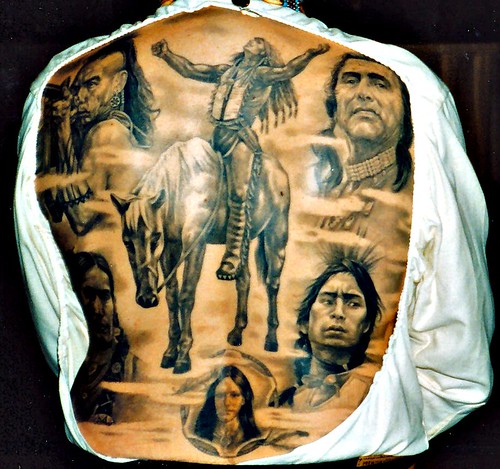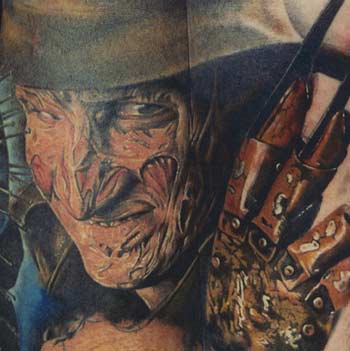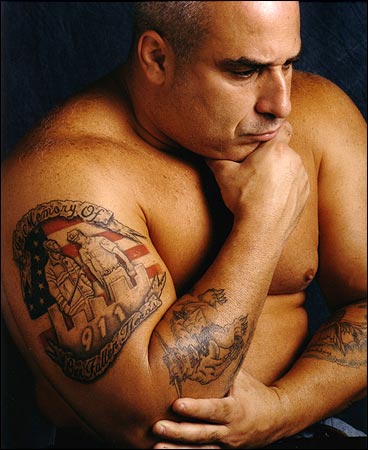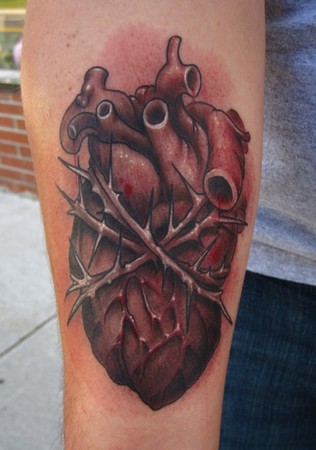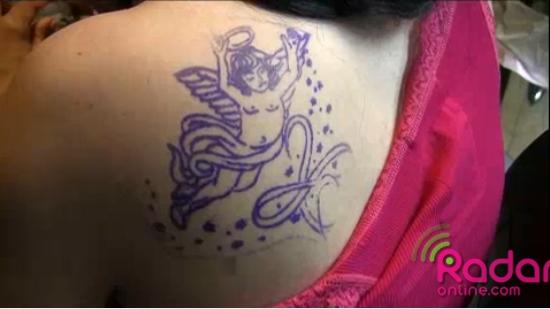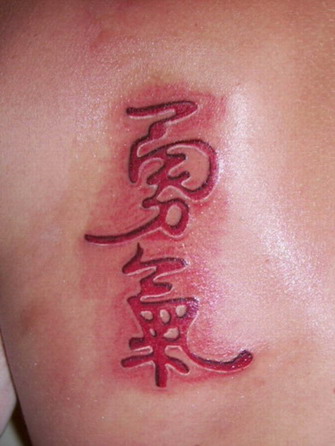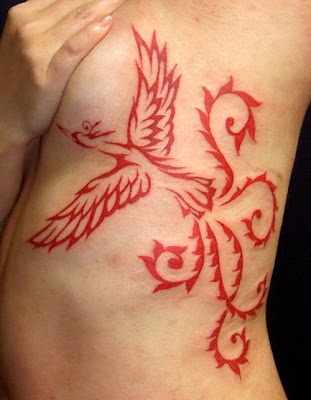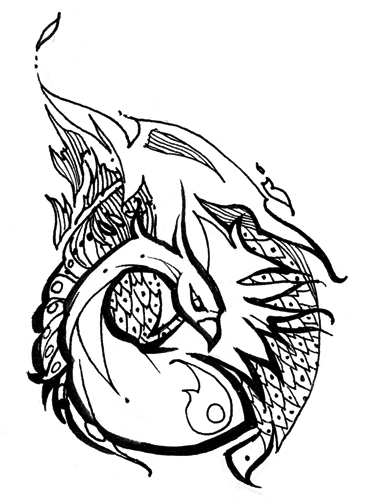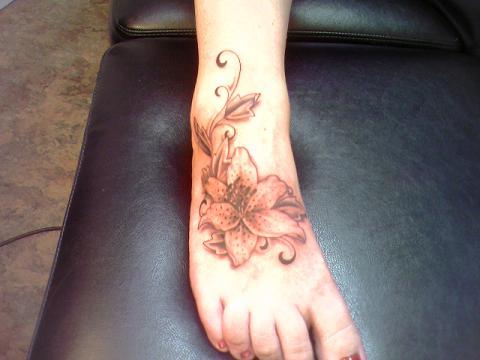Tattoos are forms of art that are expressed on the human body and can be either permanent or temporary. Temporary tattoos are removable designs on the skin and when you get tired of that design you can simply remove it by applying rubbing alcohol to a paper towel. It remains naturally for a period of four to seven days on your skin and won't come off with usual bathing or swimming.
Temporary tattoos are applied easily by pressing firmly the tattoo onto skin while using a moistened sponge to the back of it to loosen the ink and encourage it to adhere to the skin. Then you will have your own painless tattoo.
But a permanent tattoo is an injection of indelible ink into the person's skin with a needle. The needle is injected into the skin and the wound filled with ink. The first thing to understand is how the skin holds the ink.
Your skin is not a single layer and it is composed of three layers: epidermis, dermis, subcutaneous. The epidermis is the outer layer of the skin and the thickness of that varies from 0.5 mm to 1.5 mm depending on the type of skin. The layer below is dermis. It is 0.3 mm on the eyelid and 3 mm on the back. The last layer is subcutaneous tissue which is a layer of fat.
The reason tattoos remain permanent is because the ink is injected to the dermis and the cells of the dermis are more stable than the cells of the epidermis, so the ink will remain in place with minor fading for a person's entire life.
An electrically tattoo machine is a simple device that is used to create tattoos and sounds like a dental drill. Needle is attached to needle bar and the machine moves the needle up and down to puncture the skin 50 to 3,000 times per minute and inject ink into the skin. Professionals know how deep to pierce the skin to create permanent line. Punctures that are too deep cause excessive pain and bleeding and not going deep enough will result in uneven lines.


